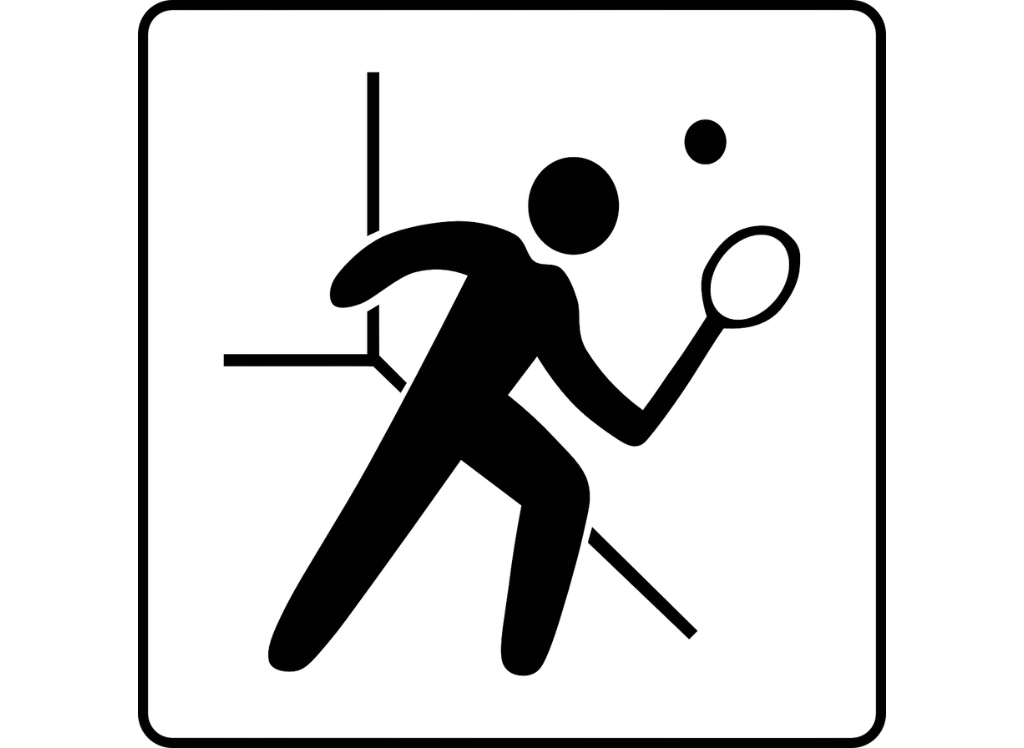Squash is a racket and ball sport played by two or four players in a four-walled court with a small, hollow rubber ball. The game was invented in Harrow School, London, in the early 19th century and has been played all around the world. There are over 20 million people that play this unique game regularly. With so many different countries playing this game, there are many different variations of the game.
Basics
The basic rules are simple: Players take turns hitting the ball against the front wall, above the tin and below the out line. The tin is a half-circle that intersects the out line and denotes the lowest point at which a player can hit the ball and have it bounce before it reaches the front wall.
Rules
The basic rules of squash are as follows:
- The game is played by either two players or four players (singles or doubles).
- The court has four walls with a ceiling and a floor, and measures 9.75m x 6.40m.
- There is a half-court line down the middle.
- The serve must be made alternately from each service box, located behind the back line on either side of the court.
- A player must let the ball bounce once before hitting it. After that, they can hit it off any of the walls.
- The ball can only be hit once per player before it must bounce on the floor again.
- Once it hits the floor twice, it is considered dead and a point is awarded to the other player/team.
- If a player hits the ball out of bounds, a point is awarded to the other player/team.
- A rally continues until one player cannot return the ball or hits it out of bounds.
- A point is then awarded to the other player/team.
- The first player/team to reach 11 points wins the game (a match consists of best-of-five games).
- If both players/teams reach 10 points each, then the winner is determined by whoever achieves a two-point lead first (e.g., 12–10).
Scoring
In squash, points are only scored by the server; thus, service order is crucial in squash singles matches. In professional squash, service only changes hands when one player loses a rally; however, in amateur squash matches between friends or family members, service may change hands after every point so that both players get an equal number of serves throughout the match regardless of who wins or loses each rally. This prevents one player from having an advantage over their opponent due to serving more often than them during a match.
Getting Started
If you're just starting out, try playing without scoring so that you can get used to hitting different types of shots and becoming comfortable on the court. When you're ready to start scoring, use what's called a "rally scoring" system in which each player receives a point for every rally (no matter who hits the winner). In this way, you'll quickly get used to playing competitively without having to keep score yourself. Once you've mastered rally scoring, move on to traditional scoring in which only the server can earn points.
Conclusion
Squash is an exciting racket and ball sport that can be enjoyed by people of all ages and skill levels. Playing squash is a great way to get some exercise while also testing your hand-eye coordination. By understanding and following its basic rules, you can quickly learn how to play this fun and competitive game! Give it a try!
Check out our other Squash article:









